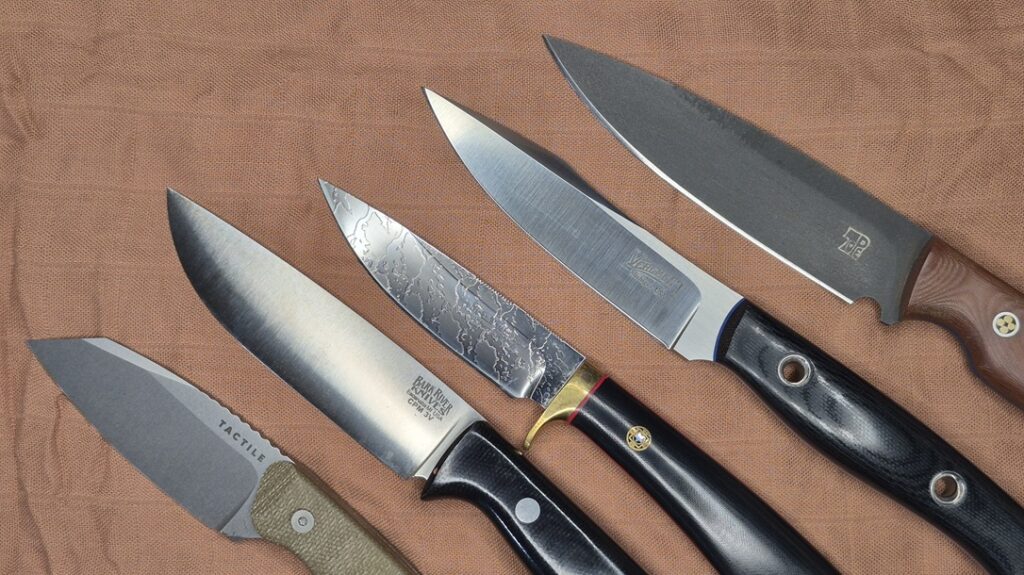As many of you know, the M16 is actually a product of the United States Air Force and no the US Army or Marine Corps, the branches you might expect to develop an infantry rifle. The Air Force bought AR-15’s COTS (Commercial, Off The Shelf) as just a developed product from Colt, who had purchased the design from Armalite.
Other COTS products include the Barrett M82A1 .50 caliber and even the BAR which was just shown to the Army by John Moses Browning and they said, “We’ll take it!” Commercial, Off The Shelf or COTS simply means it was not developed for a specific contract or solicitation but was instead a product developed for general commercial sale that was picked up.
The NGSW and M17/M18 MHS were solicitation products, a service wanted them developed to a certain series of requirements and companies submitted designs, the M82 and AR were COTS and purchased as is. This happens fairly often these days with rapid prototyping and evolving designs and small COTS purchase batches are normal to fill a need.
Advertisement — Continue Reading Below
As many of you know also, the original AR-15 did not have a forward assist. Some modern designs also forego the FA as an unnecessary part. But the military, at least the procurement and development wings, love themselves some forward assist. So much so they added it to the loading drill for the AR/M16.. unfortunately to the detriment of troops more than their benefit overall as jamming a stuck item harder into the spot where it is stuck is generally not a good idea.
Well, Air Force wasn’t buying that many rifles in the grand scale of the US Military so they accepted the AR-15 as it was to supplement and replace their M2 carbines (select fire M1 carbines) and other ‘rear echelon’ weapons like the M3 or Thompson etc. They Air Force certainly didn’t consider it a hard use front line rifle, but a lightweight and accurate weapon for their air base security forces just like the M2 but with greater range.
When the Army looked to make a purchase (a one time purchase) of a larger batch of AR’s to fill the gap while they finished work on their latest ‘Bestest Rifle Evar!!‘ project (yes, so many ‘Next Gen’ rifle projects… so.. many…) they put together a committee to standardize the weapon instead of solely rely on Colt.
Advertisement — Continue Reading Below
Army then says, “We need a forward assist! Because… reasons.” The Air Force, who had been fielding the AR-15 for a few years replied, ‘No, it’s actually fine as is. It works really well. It might cause more problems than it solves.’ Army of course goes, “Ha! Chair Force. What do you guys know about fighting rifles you’ve been actually fielding for years and we haven’t.”
Marines and Navy meanwhile watched on with popcorn and shrugged, waiting for the rifle to be all services ready.
I’m paraphrasing but you get the gist. A committee of folks who suffered from ‘we like it done this way, the way we’ve always done it’ wanted a forward assist because the Garand and M1/M2 had them and by extension the M14 did too, even though on the M14 you were not supposed to use it that way or it could cause problems. Eugene Stoner and his development team agreed with the Air Force that it was an unnecessary part and several other highly successful designs of the era omitted forward assist capability as well.
Advertisement — Continue Reading Below
But what would FAL variants or the H&K roller guns know about being a good firearms that M14 didn’t? [/sarc]
Anyway, listen to the soothing sounds of Ian’s voice and enjoy the history lesson with Forgotten Weapons.















